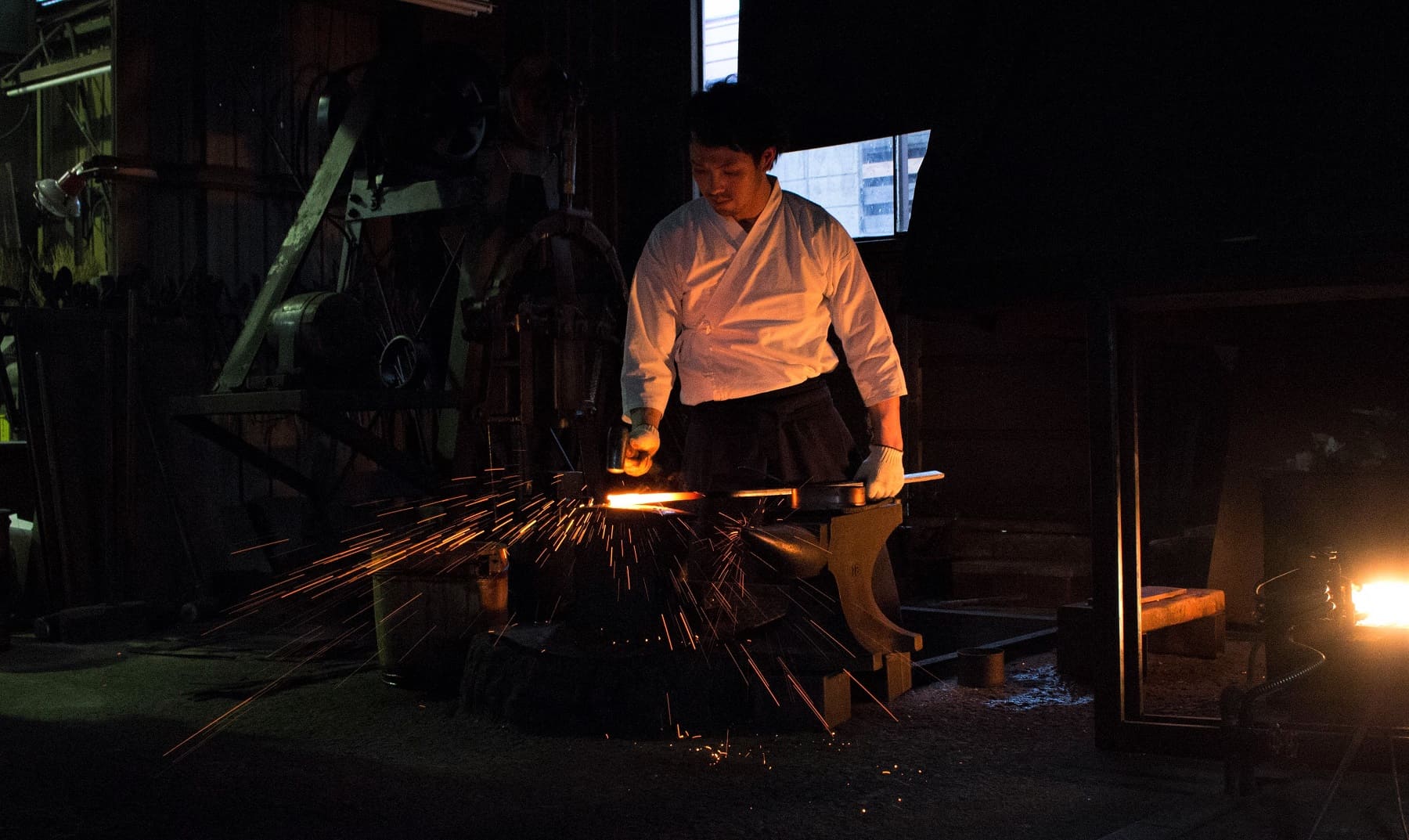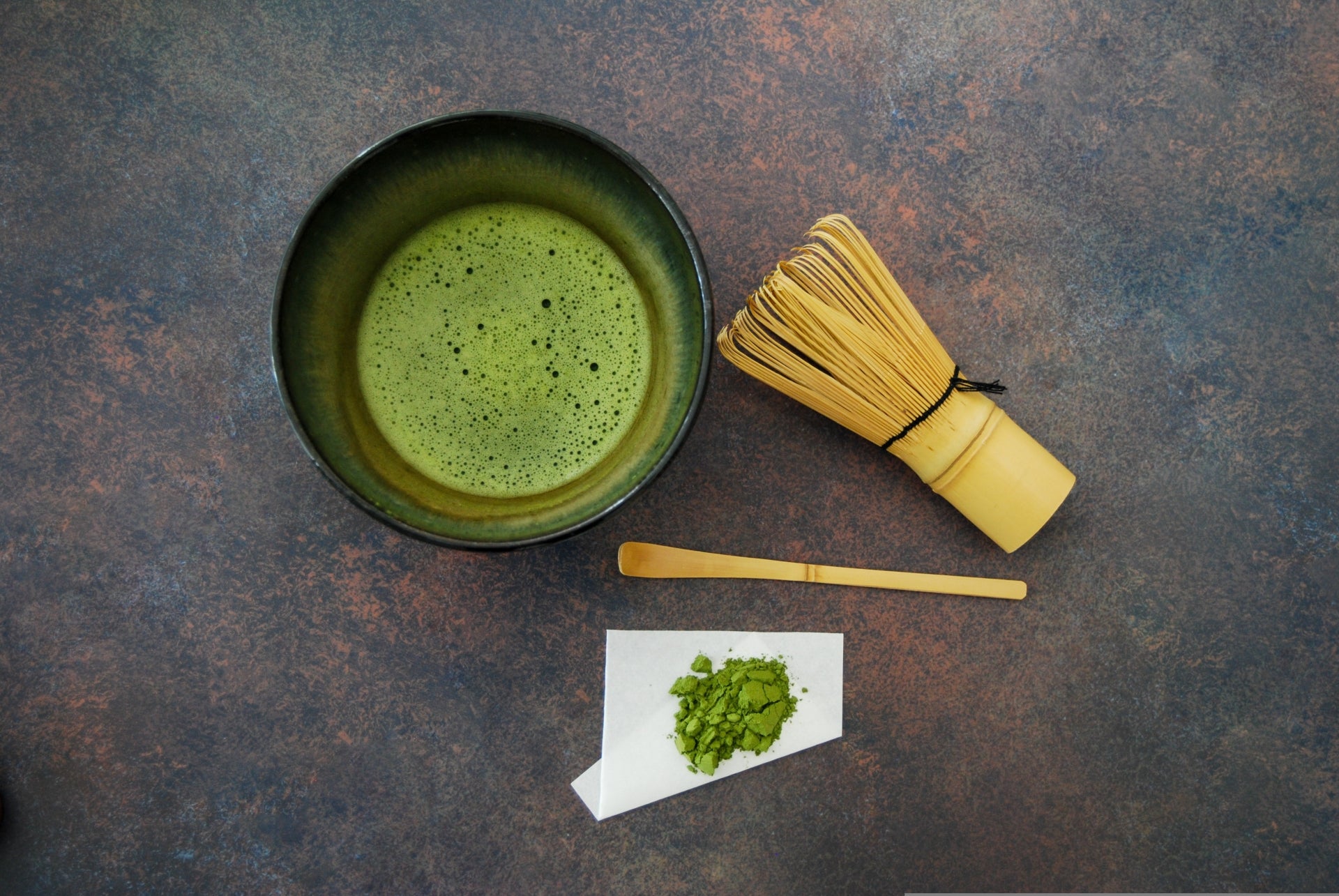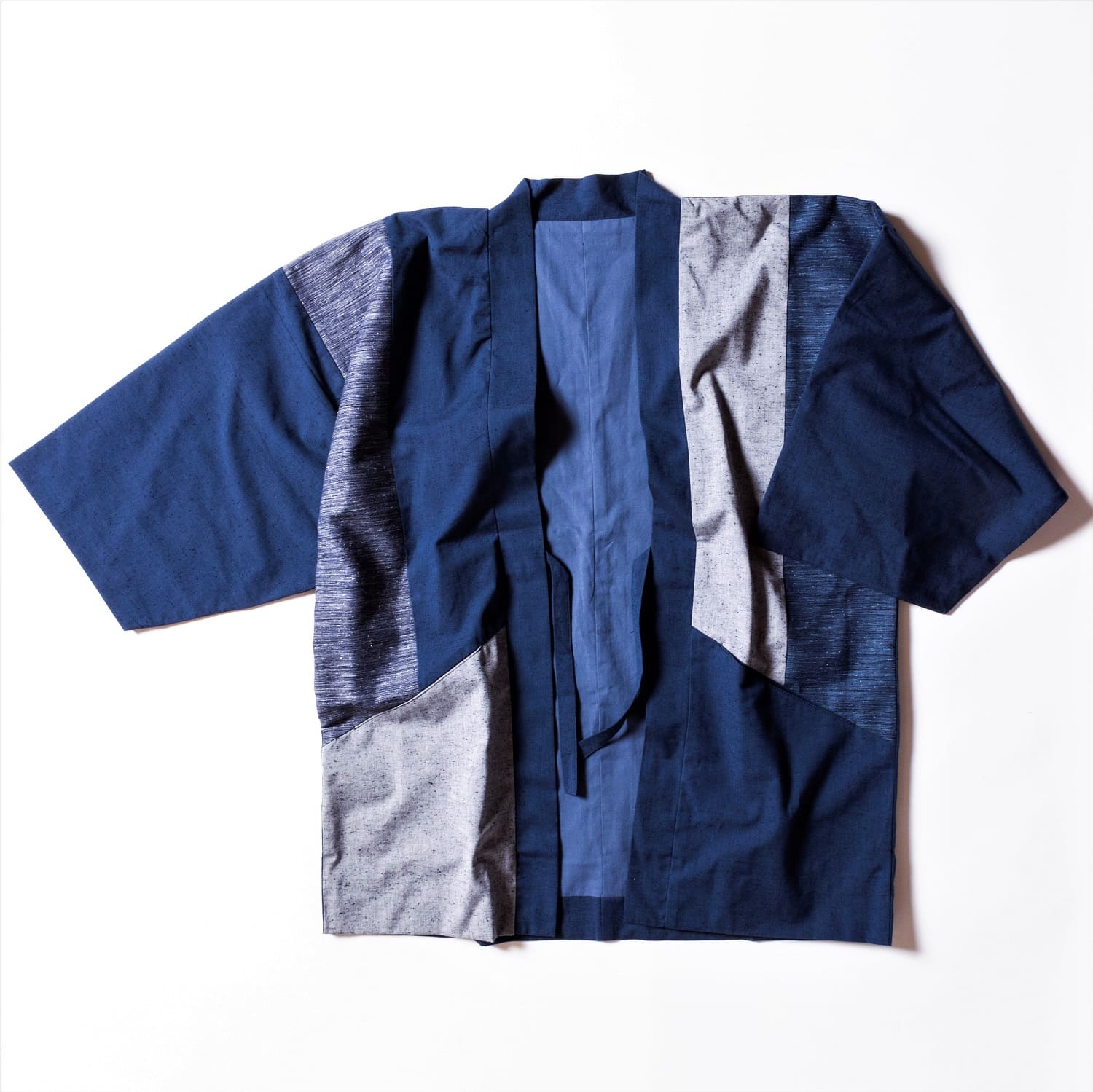Technology created through more than 350 years of history and tradition
Through the creativity, proficient skill and talent of its craftsmen, Nigara Knives continues to forge captivating kitchen knives. Chefs from Japan and other countries visit its smithy to see its products which are highly regarded around the world. Its popular knives are beloved by high-end restaurant chefs in Japan and abroad, as well as famous cooks, researchers and other celebrities.
 Tsumiwakashi
Tsumiwakashi
Along with a secret forging agent, steel is placed on ground iron and heated in a furnace at 1200 degrees Celsius.
*Heating steel in high heat on the verge of melting is called “wakashi” in welding terminology and “Tsumiwakashi” refers to the process of smoothing Tamahagane, roundish steel pieces, into a single piece with a uniform surface.
 Forging
Forging
The steel is hammered and forged at once, during which process impurities are scattered as sparks are released to result in a high level of purity.
*Forging refers to the hammering of hot steel.
 Molding
Molding
A belt hammer is used to carefully shape the form of the knife.

 Straightening distortions
Straightening distortions
Distortions generated during cooling is forged with a tool such as a mallet to straighten the blade.
 Sharpening the blade
Sharpening the blade
Running water is used to cool the body to prevent frictional heat from causing the blade to soften as the tip is polished until sharp.

Hammered Finish Gyuto Japanese Knife: 180 mm & 210 mm
Japanese knives available at MASTER CRAFTSMANSHIP - Made in Japan




